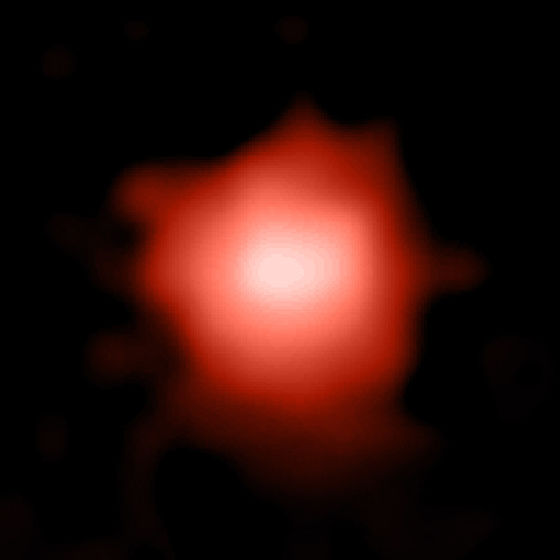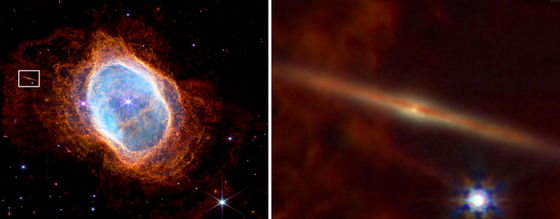Various new information such as the new 'oldest galaxy' has been found from the data of the James Webb Space Telescope

by
It has been about two weeks since the James Webb Space Telescope, launched in December 2021, completed various adjustments and took its first color photograph in July 2022. Scientists struggling with the vast amount of data sent are reported to have encountered a number of new discoveries.
Two Weeks In, the Webb Space Telescope Is Reshaping Astronomy | Quanta Magazine
https://www.quantamagazine.org/two-weeks-in-the-webb-space-telescope-is-reshaping-astronomy-20220725/
Two weeks in, the Webb Space Telescope is reshaping astronomy | Hacker News
https://news.ycombinator.com/item?id=32224725
・ New discovery of the oldest galaxy
From observations so far, it is believed that the universe was born 13.8 billion years ago. Among them, the oldest galaxy we know was ' HD1 ', which was discovered in April 2022 and was born 330 million years after the Big Bang. This time, the research team led by Rohan Naidu of the Harvard Smithsonian Center for Astronomical Physics and the research team of the Rome Observatory led by Marco Castellano have separately investigated the observation data of the James Webb Space Telescope, especially in the distance 2 We have identified two galaxies.
One is the galaxy 400 million years after the Big Bang, which is associated with the oldest galaxy previously observed by the Hubble Space Telescope. The other is the ' GLASS-Z13 ,' which is believed to have been born 300 million years after the Big Bang.
The following is an enlarged photograph taken by the near-infrared camera mounted on the James Webb Space Telescope.

The discovery of GLASS-Z13 broke the record for 'the oldest known galaxy' in just three months, but science news site Quanta Magazine said that the record for GLASS-Z13 'seems to last long.' I don't. ' Due to the expansion of the universe, the distance between the Earth and GLASS-Z13 is 33 billion light-years.
???? JWST has potentially smashed records, spotting a galaxy which existed when the universe was a mere 300 million years old! The light from GLASS-z13 took 13.4 billion years to hit us, but the distance between us is now 33 billion light years due to the expansion of the universe!
Pic.twitter.com/5AcOBwHuO1 — Dr. James O'Donoghue (@physicsJ) July 20, 2022
In addition, Rebecca Larson, an astronomer at the University of Texas at Austin and a member of the Space Evolution Early Release Scientific Research (CEERS) , said she discovered a galaxy that was born 500 million years after the Big Bang. However, Larson and colleagues have not yet made a formal announcement.
・ Galaxy structure
The galaxy 'NGC 7496', 24 million light-years away, was observed by the Hubble Space Telescope as faintly hazy with dust and gas. Janice Lee of the National Science Foundation's NOIRLab reports that observations with the James Webb Space Telescope have revealed the inside of the gas.
When comparing the published images side by side, it looks like this. The James Webb Space Telescope on the left and the Hubble Space Telescope on the right.
John Valentin, an astronomer at Dark Sky Consulting, a consulting firm that formulates lighting layout plans under the theme of 'protecting the night sky,' said the ring nebula in Lyra (NGC6720) taken by the James Webb Space Telescope. ), I found that a disk galaxy seen from the side, which can study the structure of the bulge in the central part of the galaxy, is reflected. The galaxy was previously misidentified as part of the Ring Nebula, and Valentin said, 'almost every image Webb takes is worth tinkering with the background.'

Related Posts:
in Science, Posted by logc_nt







